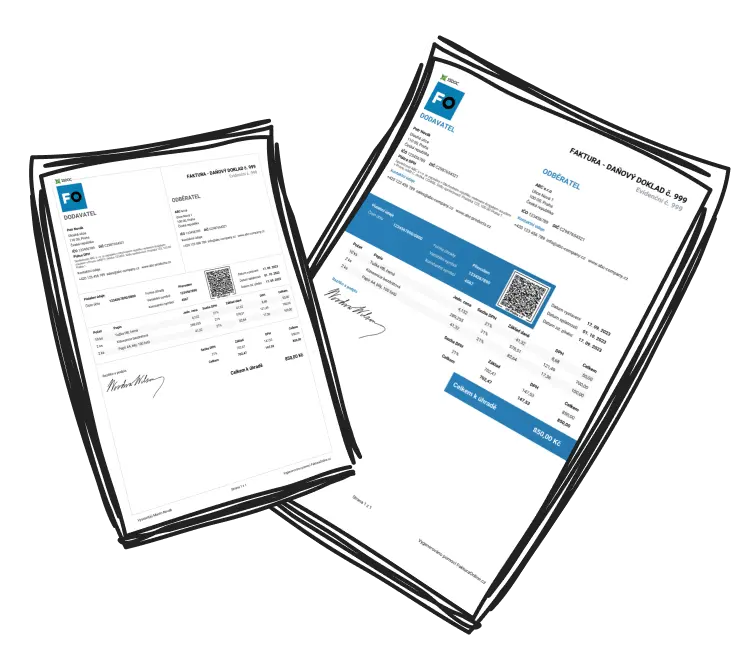Customers respond to language that acknowledges their needs and goals. Knowing what to say to attract customers involves focusing intently on what they care about. To craft compelling messages, focus on value, emotions, and solutions that align with their desires.
Understand pain points: Show empathy by knowing exactly what to say to attract customers. Address their struggles directly by asking, “Are you struggling with [problem]?” or suggesting, “Imagine making [task] simpler.”
Speak to benefits, not features: Highlight how your service improves their life (e.g., “This saves you time” instead of “It has productivity tools”).
Use emotional/sensory language: Words like “easy,” “proven,” or “exclusive” resonate and spark curiosity.
Address objections proactively: Reassure with testimonials or case studies, like “Thousands of customers have achieved this using our solution.”

Tip: Identify Pain Points
Ask open-ended questions or analyze customer data to uncover common issues your audience faces. This allows you to tailor your messaging to their specific needs.
How Can I Persuade Customers Effectively?
Small persuasive techniques—like social proof or urgency—can drive major customer decisions. Use these actionable steps to build trust and influence decisions:
Leverage trust through proof: Use testimonials, case studies, or data to reduce skepticism (e.g., “Our clients saw a 25% cost reduction in 30 days”).
Highlight credibility: Mention certifications, awards, or guarantees to showcase your reliability and expertise.
Create urgency: Add phrases like “Only 5 spots left” or “Offer expires tomorrow” to encourage immediate action.
Show reciprocity: Offer something valuable first, like access to a free trial or a helpful guide, which makes customers feel compelled to act.
Tell stories: Share relatable examples of how your product/service helped someone—it makes your pitch memorable and relatable.

Example: Social Proof
“95% of users saw results within one month—don’t miss out!” This not only builds credibility but also creates a sense of curiosity and urgency.
What Are the Best Techniques to Speak With Customers?
Knowing how to listen and respond effectively is even more persuasive than simply having the "perfect pitch." When speaking with customers, prioritize clarity, empathy, and personalization.
Start by addressing the customer by their name and using specific details about their situation to personalize the conversation. Practice active listening: paraphrase their concerns with phrases like, “I understand you’re worried about [specific issue].”
Avoid jargon—keep your language simple, friendly, and solution-oriented. Use relatable stories to explain how your product can help and match your tone to theirs, while also understanding what to say to effectively attract customers and build rapport. Finally, make sure to end the conversation with clear next steps, ensuring they feel confident moving forward.

Key Phrases to Use
- “Let’s find the best solution for you.”
- “What’s your top priority when choosing [a product/service]?”
- “I can help make this process hassle-free.”
How Can Communication Help to Win Over More Customers?
Clear, customer-centered communication forms the foundation for lasting business relationships, especially when you know exactly what to say to attract customers. By showing empathy and delivering tailored solutions, you not only gain trust but also foster long-term loyalty.
Effective communication reduces confusion and highlights how your business stands out as approachable and customer-centric. Proactively addressing customer concerns prevents doubt from sabotaging their decision. This leads to more conversions, satisfaction, and the potential for repeat business.
What Phrases or Words Work Best to Gain Customer Interest?
Small tweaks in word choice can make your pitch or content irresistible and foster curiosity. Use these examples intentionally:
“Imagine if…”: Helps customers visualize benefits.
“Exclusive offer for you”: Creates a sense of privilege.
“Limited-time deal”: Adds urgency to act quickly.
“Proven results”: Reassures with evidence-backed claims.
“Hassle-free”: Emphasizes ease and simplicity.
“Get started today”: Encourages immediate action.
“You deserve…”: Evokes positivity and personalization.

Tip: Use Phrases Sparingly
Incorporate these words authentically to enhance your offers without sounding overly pushy.
By employing these techniques, you’ll master the art of persuasive communication, helping you connect with customers on a deeper level and increasing your chances of winning them over.


